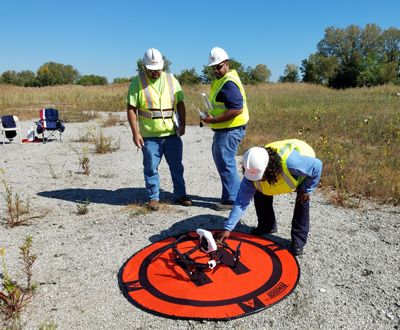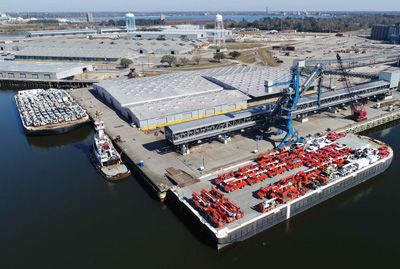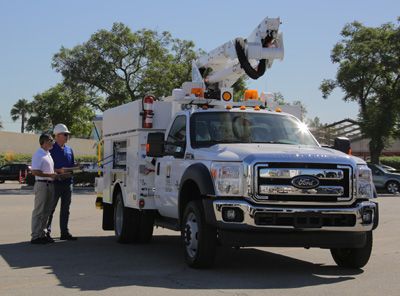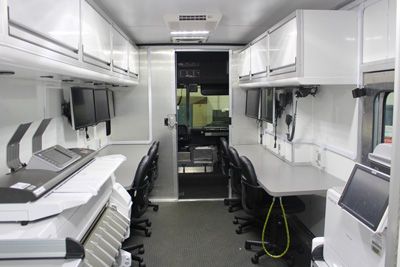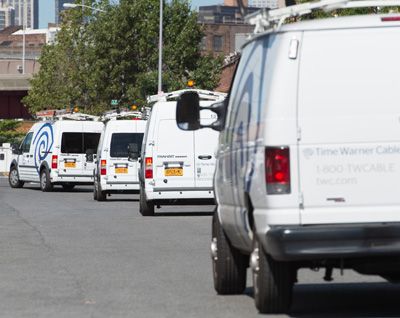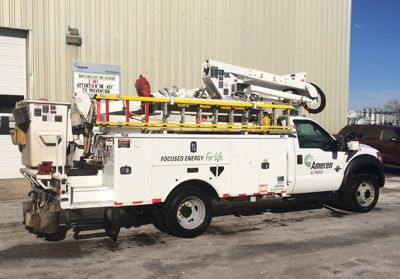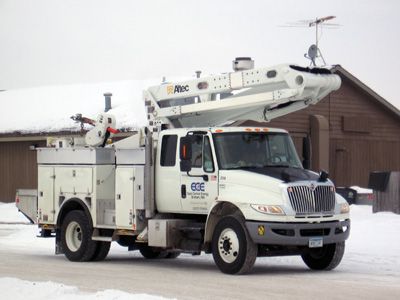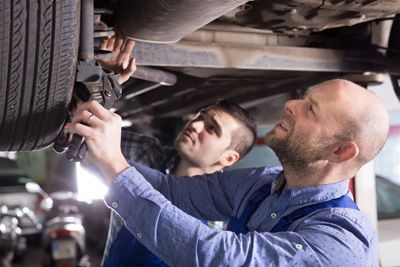Pioneering a Utility Drone Program
In 2015, Chicago-based Commonwealth Edison Co. (ComEd) became the first utility to be approved by the Federal Aviation Administration for operational use of unmanned aircraft systems – also referred to as UAS or drones – under certain conditions for line inspection and emergency response applications.
So, three years and 250 flights later, how has it been going? Where does ComEd’s program stand today? What types of applications are they using drones for? And what are some of the lessons the utility has learned?
UFP recently spoke with Brian Cramer, UAS program manager at ComEd, to get the behind-the-scenes story of a utility company pioneering new drone technology that could have enormous implications for worker safety and operational efficiencies throughout the industry.
UFP: How are you currently using drones?
Brian Cramer: If there’s a problem that crews haven’t been able to identify using normal means – whether it’s ground patrols, helicopters and so forth – we’ll use drones to provide imaging for inspections to find out what’s happening. That’s because the drone can get closer to the problem area, and we can see it from every angle, including from above.
In a helicopter, you can get up close to the issue from above, but often only from one side – you can’t see both sides. So, if the problem is literally in the wrong place, you won’t find it.
And where we can’t get up close, some of our drones have 30x zoom cameras, where we can zoom right in to see things in detail. That’s our most frequent type of flight.
We also use drones for access, to get to hard-to-reach areas. Sometimes it isn’t safe for someone to go through the high grass or debris to try to climb around in there and see what’s happening. We can get up above and capture imaging to get better information without any risk to anyone.
I can imagine that level of visibility from drones is especially important when you’re talking about emergency preparedness.
Yes. Actually, when we first started talking with our [emergency preparedness] people three years ago, they said there were three things they were really interested in.
First was to find the scope of the area of damage – to get the big picture, so they knew what they were looking at.
The second thing was to go through the analysis. There’s a pole with a transformer, so we’ve got to replace that. The wire’s down; we need to get the detailed scope of repair.
The third thing was safe access – to be able to figure out how your crews can safely get to where they need to be to get the work done.
And these three things remain significant in our thinking.
What’s a unique application that you didn’t initially consider for drones but have since discovered to be an interesting use-case?
An application that comes to mind is the simplest one – a crew who does foot patrols, whether for planning new construction or inspecting lines. Every so often, they get to a point where it’s tough to get themselves physically closer to where they want to be.
So, it’s useful to have a drone in the truck where crews could take it out, set it up, go through the checklist and processes, and fly the drone the last hundred yards or whatever they need to see the thing that they wanted to see, instead of climbing down a ravine, which introduces risks.
If you ask most of these people, “Do you need a drone?” they would likely say no. But if you gave them one and asked them six months later, “Do you need this drone?” they would say, “Wow, absolutely – this is fantastic!”
ComEd owns eight drones but also outsources on occasion. In what scenarios do you contract with drone services companies?
There are three ways we use outside drone companies.
First is if we have a major storm. We’re prepared to bring in a number of crews from these organizations who would team up with our people who patrol for damage. So, you would have a drone operator or operator team with one of our patrollers. They would provide eyes that can see beyond the debris and the floodwater so that our patrollers can be much more effective in getting accurate information faster.
A second way is if we have a major project where we want to do a lot of inspections of certain areas or something for critical lines and we don’t have enough resources to do that. So, we will bring in a contractor to handle that.
The third is expensive technologies that we don’t use all the time, like lidar. If we needed to do lidar work, we would probably hire one of these contractors to do that for us because that equipment is costly. It takes knowledge to use it properly, and the technology is changing so rapidly. Right now, it doesn’t make sense for us to invest in that technology.
As your drone program expands, do you envision that your drones will eventually be managed by the fleet department?
At this point, that doesn’t happen to be the way that we’re organized at ComEd. I know of at least one utility where their drone operation is operated out of their fleet system. We have three different groups of air assets at Exelon [parent company of ComEd] – helicopters, fixed-wing aircraft and drones. At this point, none of our aviation assets are under fleet. But is the idea of managing drones as a fleet asset a logical way to do it? Yes, it certainly can be.
What advice do you have to give to other utilities that are looking to launch or expand their drone programs?
I would say do your homework. Learn the rules. Learn how to do it right. As a utility company, you’re in an extreme safety culture. So, make sure that safety translates appropriately into your drone operations. And one of the things to remember and focus on is this: If you put together your internal rules for how you are going to operate your drones – and how you’re going to allow contractors to operate drones for you – make sure you set up the rules in a way that facilitates those safe and effective operations. It’s too easy to put rules in place that inadvertently obstruct the ability to do that work. You have to look hard at what you’re doing and make sure you find ways to facilitate safe and effective operations.
If you were to make the case as to why utility companies should commit to launching a drone program, what would you say?
Everywhere we look, we keep finding new places where having the detailed level of visibility [from drones] is useful, or where it could enhance the safety of our people and the reliability of our system.
We have poles that are 200 feet tall in our transmission system that have FAA lights on top. To check those lights, a [lineworker] has to climb up 200 feet. But I can use a drone, fly it up there, look at the lights, bring it back and land in five minutes. Nobody had to leave the ground. Now, [lineworkers] know what they’re doing. They’re as safe as it’s possible to be. But there’s always a risk, and to the extent that we can reduce those risks, I’m all over that one. So, when you’re trying to find your way through the high brush on a right-of-way or you’re climbing up in the air to do your job, if you can do less of that, we are all better off.


